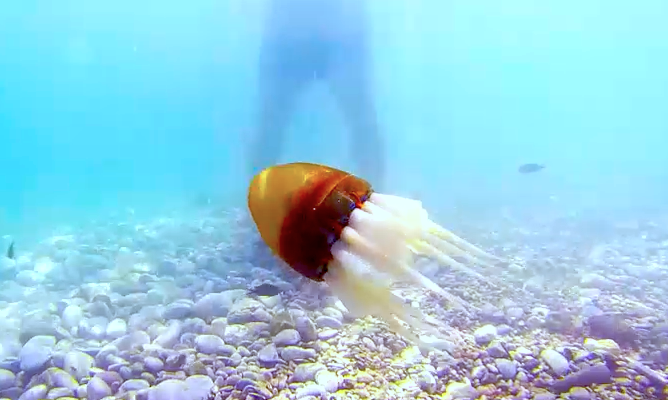
Early last year, we wrote up some betentacled research from Greece that explored what gaits were most effective at propelling a robotic octopus through water. The researchers commented that they were working on adding another physical feature flaunted by the biological version of the octopus: a web between their tentacles, which they hypothesized might help swimming speed or efficiency. Now the researchers report that the addition of a soft and supple silicone web has nearly doubled the speed of the roboctopus, and not satisfied with that, the scientists have also taught it to crawl, carry objects, and swim free in the Aegean Sea.
via IEEE Spectrum
Image: FORTH




